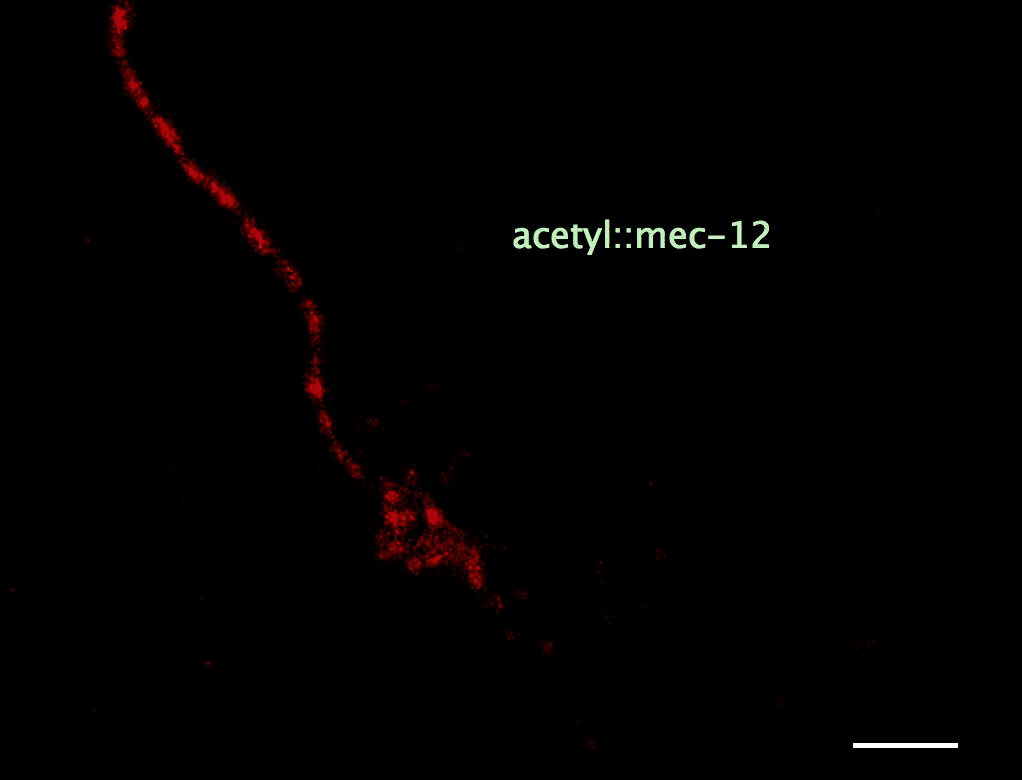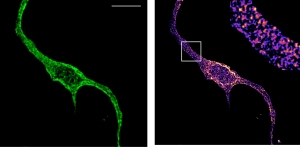The resolving power of any microscope is strictly bound to the wavelength used for imaging, which is formulated in the well known Abbe limit of resolution. That is why we cannot use visible light to resolve two object that are closer than 200 nm. Traditionally, we resorted to electron microscopy. In 1994, it was first theoretically proposed that this limit can be overcome and 6 years later it was experimentally demonstrated by Stefan Hell and coworkers. This was awarded with the Nobel price, shared among three researchers who pionieered superresolution and single molecule imaging.
Now, a few years after, it is already visible that superresolution imaging such as structured illumination microscopy (SIM), stimulated emission depletion (STED) or STORM will create a paradigm shift in cell biology as it was seen with the advent of conventional confocal microscopy. The seminal paper by Xiaowei Zhuang’s group to resolve the periodic organization of the uptothen shy spectrin cytoskeleton is a classic, which remained undetected in any other imaging modality. This animation shows the resolving power of a STED microscope: Whereas no sub-cellular structure in the spectrin cytoskeleton can be seen in regular confocal microscopy, the 200nm periodicity is clearly visible.

Are you ready for the next challenge? In our lab, we are now collaborating intensively with Stefan Wieser’s lab to push the limits of live-cell superresolution imaging – Come and join us.
Relevant Publications:
Krieg et al, eLife, 2017
He et al, in preparation
